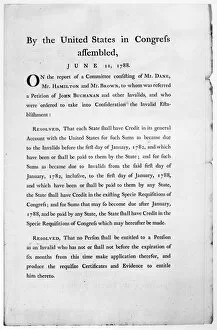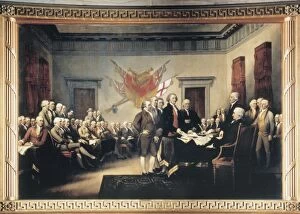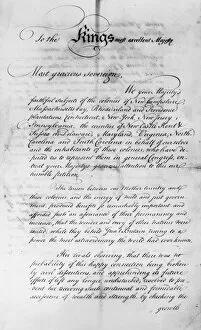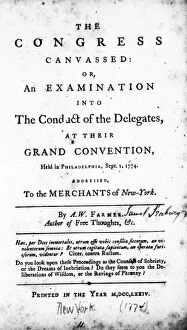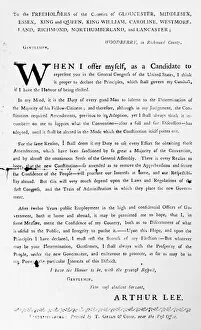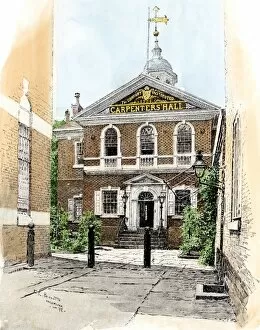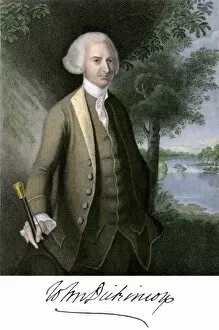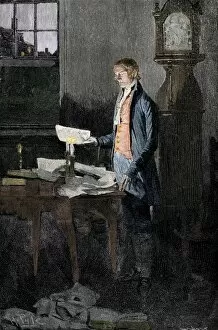Continental Congress Collection (page 2)
The Continental Congress: Shaping the Birth of a Nation In the annals of American history
All Professionally Made to Order for Quick Shipping
The Continental Congress: Shaping the Birth of a Nation In the annals of American history, the Continental Congress stands as an emblematic institution that laid the foundation for a new nation. This esteemed assembly, comprising visionary leaders from across the thirteen colonies, convened in Philadelphia to deliberate upon matters of paramount importance. Among its notable achievements was the document commissioning John Paul Jones as a US Navy captain (EVRV2A-00074), symbolizing their commitment to establishing a formidable naval force. Led by influential figures such as George Wythe of Virginia and attended by luminaries like George Washington, Patrick Henry, and Edmund Pendleton (EVRV2A-00003), this historic gathering embodied unity and determination. Their journey to Philadelphia in September 1774 marked a pivotal moment when these distinguished individuals embarked on shaping America's destiny. Arthur Middleton of South Carolina lent his voice to this hallowed congress, contributing his insights towards forging an indomitable spirit among fellow delegates. The United States Declaration of Independence itself bears witness to their unwavering resolve (July 4, 1776). A facsimile serves as a testament to their courage and conviction in proclaiming liberty from British rule. One cannot overlook the significance of correspondence exchanged during those critical times. The letter from the General Congress at Philadelphia on September 5th, 1774 (litho) encapsulates American grievances that fueled their pursuit for independence. It stands as evidence that every decision made within those walls was rooted in principles dear to every patriot's heart. Amongst these remarkable men stood Samuel Adams - Massachusetts' first delegate to Congress - whose unwavering dedication left an indelible mark on our nation's history (1781-1783). His tireless efforts paved the way for future generations who would carry forward his vision with equal fervor.

